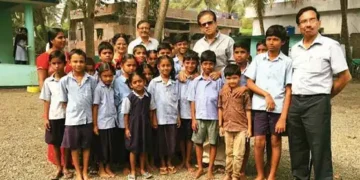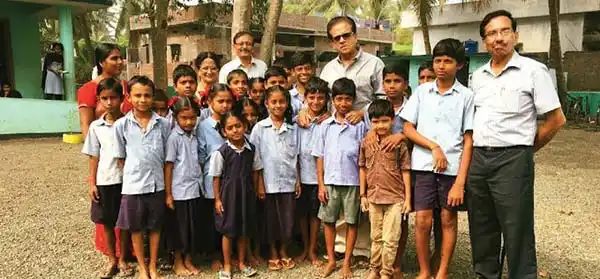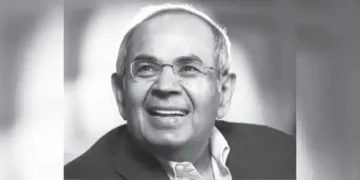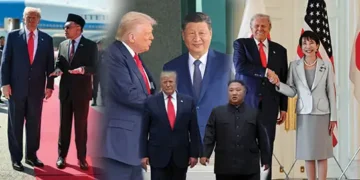 INDIA has made remarkable progress in combating preventable blindness, driven by visionary policies, advanced technology, and impactful collaborations under Prime Minister Narendra Modi’s leadership. From addressing childhood blindness to tackling cataract backlogs among the elderly, these initiatives are reshaping the nation’s healthcare landscape and steering it closer to the goal of reducing avoidable blindness to 0.25 per cent by 2025.
INDIA has made remarkable progress in combating preventable blindness, driven by visionary policies, advanced technology, and impactful collaborations under Prime Minister Narendra Modi’s leadership. From addressing childhood blindness to tackling cataract backlogs among the elderly, these initiatives are reshaping the nation’s healthcare landscape and steering it closer to the goal of reducing avoidable blindness to 0.25 per cent by 2025.
Childhood blindness
Childhood blindness affects more than 1.2 million children in India, with major causes including congenital cataracts, vitamin A deficiency, and retinopathy of prematurity (ROP). Recognising the urgency of early detection and treatment, the Government has rolled out several impactful interventions.
School eye screening programmes have been particularly effective. Free spectacles are provided to children diagnosed with refractive errors, while extensive Vitamin A supplementation programmes tackle blindness caused by nutritional deficiencies.
Partnerships with non-Governmental organisations (NGOs) have further amplified these efforts. Organisations like Orbis International and Operation Eyesight Universal have been instrumental in establishing pediatric eye-care centres, training healthcare professionals, and spreading awareness about childhood blindness.
EFA contribution
One of the most significant contributions comes from the Eye Foundation of America and Goutami Eye Institute, under the inspiring leadership of Dr VK Raju. For over four decades, Dr Raju has been a beacon of hope, dedicating his life and resources to the eradication of preventable blindness.
Through the Eye Foundation of America, which has touched over one million lives worldwide, Dr Raju has spearheaded the fight against childhood blindness, focusing on screenings, surgeries, and education. His tireless commitment to restoring sight has earned him a reputation as a true crusader in the mission to eliminate childhood blindness, particularly in Andhra Pradesh and other underserved areas of India.
Age-related blindness
India’s ageing population faces significant challenges related to vision, with cataracts being the leading cause of blindness. In response, the Government has prioritised cataract surgeries, performing an impressive number of procedures, many of them free of cost under the National Programme for Control of Blindness & Visual Impairment (NPCBVI).
Efforts to address other age-related conditions, such as diabetic retinopathy, glaucoma, and refractive errors, have also gained momentum. Free spectacles are distributed to improve vision among the elderly, reducing risks of injuries from falls. Specialised training programmes have enabled healthcare workers to detect and manage conditions like diabetic retinopathy and glaucoma more effectively. The All India Institute of Medical Sciences (AIIMS) has been a trailblazer in advancing eye care in India. With innovations such as roboticassisted surgeries, AI-powered diagnostic tools, and tele-ophthalmology services, AIIMS is bridging the gap between urban expertise and rural accessibility.
Tele-ophthalmology, in particular, has proven transformative, allowing remote consultations and follow-ups in underserved regions.
National initiatives
The NPCBVI, restructured in 2014, remains the cornerstone of India’s blindness prevention strategy. Its expanded scope now includes childhood blindness, diabetic retinopathy, glaucoma, and corneal blindness. The programme aims to reduce blindness prevalence to 0.25 per cent by 2025, down from 0.36 per cent in 2019.
Integrated with the Ayushman Bharat scheme, eye-care services are now accessible through Health and Wellness Centres (HWCs) across the country, ensuring equitable access to preventive, curative, and rehabilitative care.
































